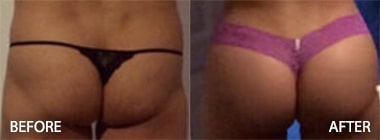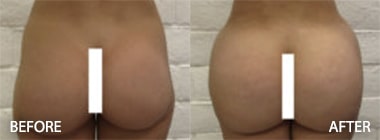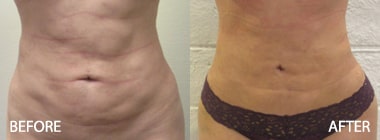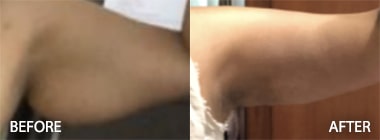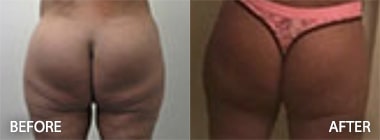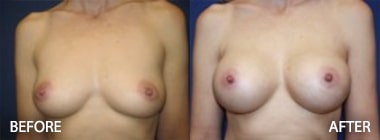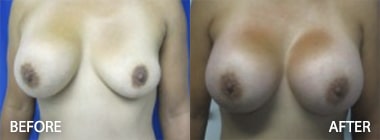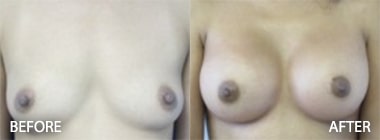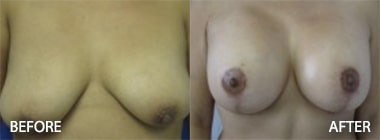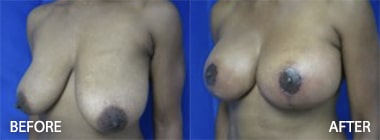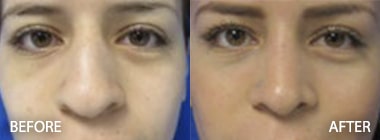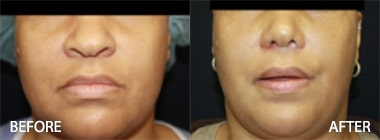1) Types of Acellular Dermal Matrices
a) Alloderm®
b) Strattice®
Strattice® (LifeCell Corp., Branchburg, NJ) is porcine dermis denuded of cells that contributes to the propagation of an antigenic response. This proprietary process causes a marked reduction in 1, 3 alpha galactose epitope, a major component of the xenogeneic rejection response. Strattice is a reconstructive tissue matrix that supports tissue regeneration used primarily in implant based/tissue expander reconstruction of the breast.6
c) DermaMatrix®
DermaMatrix® (Synthes CMF, West Chester, PA) is human skin in which both the epidermis and dermis are removed from the subcutaneous layer of tissue in a process utilizing sodium chloride solution while preserving the original dermal collagen matrix. This reduces the incidence of rejection and inflammation. Once DermaMatrix® is transferred to the patient; the collagen matrix is infiltrated by the host cells promoting neovasularization and fibroblast deposition. It is important to note that DermaMatrix® is used only for homologous tissue; however it has a wide variety of applications including nasal reconstruction, lower eyelid reconstruction, cleft palate repair, abdominal wall repair and breast reconstruction post mastectomy. DermaMatrix® has the distinct advantage of rapid rehydration, bacterial inactivation and it does not necessitate the need for refrigerated storage. 7
Dermal Matrices in Breast Augmentation Articles
Part I: Types of Dermal Matrices in Breast Augmentation
Part II: Dermal Matrices in Breast Augmentation
Part III: Complications of Dermal Matrices in Breast Augmentation
Part IV: Dermal Matrices in Breast Reconstruction
Part V: Dermal Matrices in Breast Augmentation Summary
Click on the links below to view a few of the chapters written by Dr. Hughes
Chapter 1: Preoperative Workup in the Plastic Surgery Patient
Chapter 2: Photography in Plastic Surgery
Chapter 3: Facelift
Chapter 4: Fat Grafting
Chapter 5: Fillers
Chapter 6: The Role of Dermal Matrices in Breast Augmentation
Chapter 7: Scar Revision in Plastic Surgery
Or Continue on to Breast Augmentation Photo Galleries
Come to Hughes Plastic Surgery in Los Angeles and Beverly Hills. You will be glad that you did.
